Innovative Approaches to Forest Pest Control
- September 25, 2024
- 0 comment
Forests are vital ecosystems that provide numerous ecological, economic, and social benefits. However, they face significant threats from pests that can devastate large areas, affecting biodiversity and the livelihoods of those who depend on them. Traditional pest control methods often rely on chemical pesticides, which can have detrimental effects on the environment and non-target species.

Therefore, there is a growing need for innovative approaches to forest pest control that are sustainable, effective, and environmentally friendly. The exploration of these modern strategies includes an examination of their mechanisms and potential impacts on forest management.
Table of Content:
- Traditional Pest Control Methods
- Biological Control
- Biotechnological Innovations
- Cultural and Silvicultural Practices
- Use of Pheromones and Semi-chemicals
- Challenges and Future Directions
- Concluding Thoughts
- Frequently Asked Questions (FAQs)
Understanding Forest Pests
Forest pests include insects, diseases, and other organisms that damage trees and forest ecosystems. These pests can be native species that become problematic under certain conditions or invasive species introduced from other regions. Understanding the biology and ecology of forest pests is crucial for developing effective control strategies. Knowledge of pest life cycles, behavior, and interactions with their environment can inform targeted interventions that minimize harm to non-target species and ecosystems.
Traditional Pest Control Methods
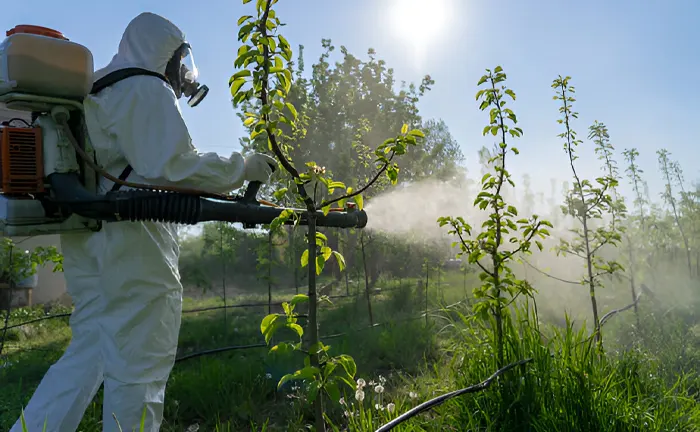
Chemical Control
Chemical pesticides have been the primary tool for forest pest management for decades. While effective in reducing pest populations, they often have adverse environmental effects. Pesticides can contaminate soil and water, harm non-target species, and lead to the development of pesticide-resistant pest populations. These challenges highlight the need for alternative approaches that reduce reliance on chemicals.
Mechanical and Physical Control
Mechanical and physical control methods involve manually removing pests or using barriers to prevent their spread. These methods include techniques such as tree banding, which involves wrapping trees with sticky bands to trap crawling insects. While effective for small-scale applications, mechanical and physical controls can be labor-intensive and impractical for large forested areas.
Biological Control
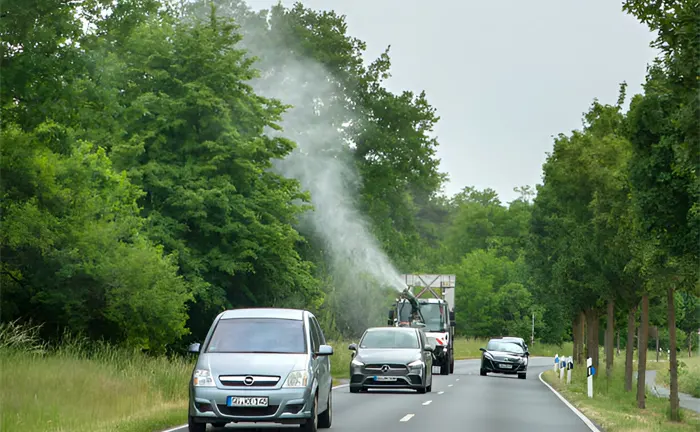
Introduction of Natural Enemies
Biological control involves using natural predators, parasites, or pathogens to control pest populations. Introducing natural enemies from a pest’s native range can help suppress their numbers. However, careful evaluation is necessary to ensure that these biological agents do not themselves become invasive species or negatively impact non-target organisms.
Conservation of Existing Natural Enemies
Conserving and enhancing populations of native predators and parasitoids can also contribute to pest control. This approach involves creating favorable habitats and conditions for these beneficial organisms, such as providing floral resources or reducing pesticide use that might harm them.
Biotechnological Innovations
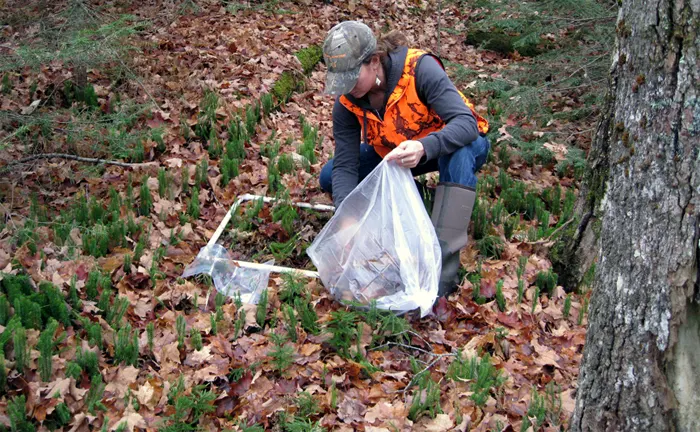
Genetic Engineering
Genetic engineering offers promising solutions for forest pest control by creating pest-resistant tree varieties. This approach involves manipulating the genetic makeup of trees to enhance their natural defenses against specific pests. While genetic engineering can be highly effective, it raises ethical and ecological concerns that need to be addressed through rigorous risk assessment and public engagement.
RNA Interference (RNAi)
RNA interference is a novel technique that involves silencing specific genes in pests to disrupt their normal functioning. By targeting genes essential for pest survival or reproduction, RNAi can effectively reduce pest populations without harming non-target species. However, the development and application of RNAi technology require careful consideration of potential ecological impacts and regulatory frameworks.
Cultural and Silvicultural Practices
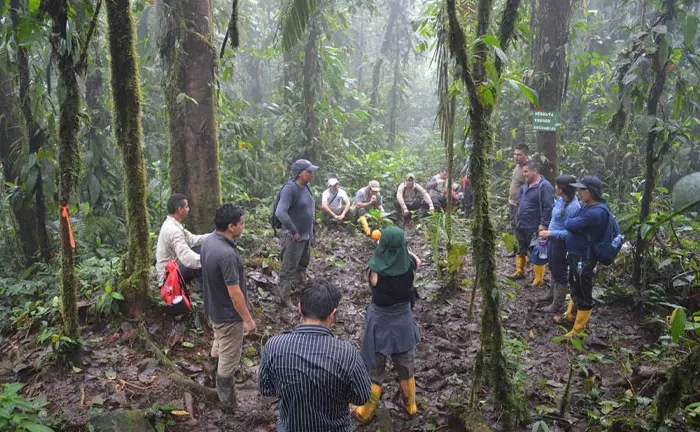
Forest Management and Planning
Sustainable forest management practices can significantly reduce the vulnerability of forests to pest outbreaks. Strategies such as diversifying tree species, maintaining healthy tree densities, and implementing thinning and pruning regimes can enhance forest resilience. Proper planning and monitoring are essential to anticipate and respond to pest threats effectively.
Agroforestry and Mixed Cropping
Integrating agroforestry and mixed cropping systems can reduce pest pressure by promoting biodiversity and creating complex habitats that support natural pest control. These practices involve combining trees with agricultural crops or other vegetation types, enhancing ecosystem services and reducing reliance on chemical inputs.
Use of Pheromones and Semi-chemicals
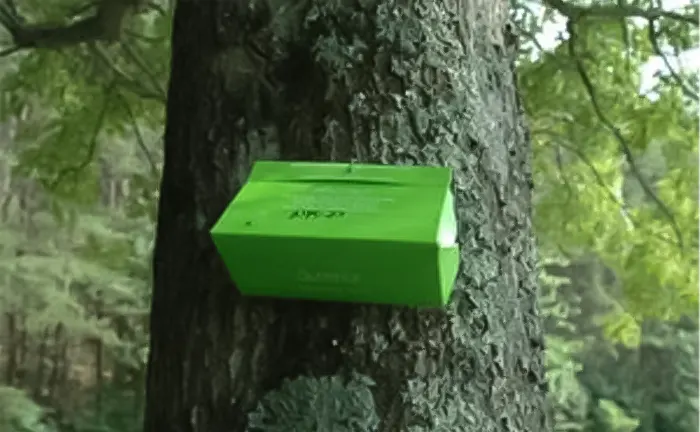
Pheromone Traps
Pheromones are chemical signals used by insects for communication. Pheromone traps can be used to monitor and control pest populations by attracting and capturing individuals. This approach is highly species-specific and environmentally friendly, providing a valuable tool for integrated pest management.
Mating Disruption
Mating disruption involves releasing synthetic pheromones to confuse pests and prevent them from locating mates. This technique can effectively reduce pest populations without harming beneficial insects. However, it requires precise application timing and sufficient pheromone release rates to be successful.
Climate Change and Forest Pest Dynamics
Climate change is altering the dynamics of forest pest populations by affecting their distribution, abundance, and interactions with host trees. Warmer temperatures and altered precipitation patterns can exacerbate pest outbreaks and increase the risk of invasive species establishment. Understanding these changes is crucial for developing adaptive pest management strategies that consider future climate scenarios.
Integrated Pest Management (IPM)
Integrated Pest Management is a holistic approach that combines multiple control strategies to achieve sustainable pest management. IPM emphasizes the use of environmentally friendly methods, such as biological control, cultural practices, and targeted pesticide applications. By integrating diverse approaches, IPM aims to minimize the economic, environmental, and social impacts of pest management.
Remote Sensing and Monitoring Technologies
Advancements in remote sensing and monitoring technologies offer new opportunities for early detection and management of forest pests. Satellite imagery, drones, and sensor networks can provide real-time data on pest distribution and forest health. These technologies enable more accurate and timely interventions, reducing the risk of large-scale pest outbreaks.
Community Involvement and Education
Engaging local communities in pest management efforts is essential for successful implementation and long-term sustainability. Community involvement can enhance monitoring, reporting, and decision-making processes. Education and outreach programs can increase awareness of forest pest issues and promote the adoption of innovative control practices.
Regulatory and Policy Frameworks
Effective pest management requires supportive regulatory and policy frameworks that facilitate the development and implementation of innovative approaches. Governments and international organizations play a crucial role in setting standards, providing funding, and promoting collaboration among stakeholders. Policies should encourage research, innovation, and the adoption of sustainable practices in forest pest management.
Case Studies of Successful Innovations
Examining case studies of successful innovations in forest pest control can provide valuable insights and lessons for future efforts. Examples of effective strategies include the use of biological control agents for controlling the emerald ash borer in North America and the application of pheromone-based mating disruption techniques in managing pine beetle infestations.
Challenges and Future Directions
- Balancing Ecological and Economic Considerations: Developing and implementing innovative pest control approaches involves balancing ecological and economic considerations. Sustainable pest management must ensure the protection of biodiversity and ecosystem services while supporting the economic viability of forest-dependent communities. Collaboration among stakeholders, including scientists, policymakers, and local communities, is essential to achieve these goals.
- Research and Development Needs: Continued research and development are critical for advancing forest pest control innovations. Areas of focus include improving the efficacy and specificity of biological control agents, refining genetic engineering techniques, and enhancing monitoring technologies. Interdisciplinary research and international cooperation can accelerate progress and ensure the development of safe and effective solutions.
Concluding Thoughts
Innovative approaches to forest pest control are essential for safeguarding forest ecosystems and the benefits they provide. By embracing sustainable practices and leveraging technological advancements, we can effectively manage pest threats while minimizing environmental harm. Continued research, collaboration, and community involvement are crucial for developing and implementing these innovations. As we face growing challenges from climate change and global trade, adaptive and integrated pest management strategies will play a vital role in ensuring the health and resilience of our forests for future generations.
Frequently Asked Questions (FAQs)
- What are the most common forest pests?
Common forest pests include insects such as bark beetles, gypsy moths, and emerald ash borers, as well as diseases caused by fungi and pathogens like Dutch elm disease and sudden oak death. - How do invasive species impact forest ecosystems?
Invasive species can outcompete native species, disrupt ecological balance, and cause significant damage to forest ecosystems. They often lack natural predators in their new environments, allowing them to proliferate rapidly. - Why is chemical pest control problematic?
Chemical pest control can harm non-target species, contaminate soil and water, and lead to pesticide resistance. These issues highlight the need for more sustainable and environmentally friendly pest management approaches. - What role do pheromones play in pest management?
Pheromones are used to attract and capture pests or disrupt their mating behavior. They offer a species-specific and environmentally friendly method for controlling pest populations. - How does climate change affect forest pest dynamics?
Climate change alters pest distribution, abundance, and interactions with host trees. Warmer temperatures and changing precipitation patterns can exacerbate pest outbreaks and increase the risk of invasive species establishment. - What is integrated pest management (IPM)?
Integrated Pest Management combines multiple control strategies, emphasizing environmentally friendly methods, to achieve sustainable pest management. IPM aims to minimize economic, environmental, and social impacts.
We trust that this guide has shed light on the innovative strategies for managing forest pests that are available today, crafted to safeguard our crucial ecosystems and maintain ecological harmony. Have you tried any of the approaches we’ve covered, or do you have insights into successful pest management techniques? We invite you to share your experiences and join the discussion below. Your input could assist others in adopting sustainable practices and inspire further dialogue on enhancing pest control methods. Feel free to share this article with other forest professionals, researchers, and environmental enthusiasts!

James Wilson
Forestry AuthorJames Wilson has over 15 years of experience in forestry economics, specializing in sustainable practices, investment opportunities, and financial management. He has contributed to notable publications like "Forestry Today" and "EcoFinance Journal" and is known for providing practical and insightful advice. With a degree in Environmental Economics, James stays updated through continuous learning and active participation in industry discussions. Outside work, he enjoys hiking and nature photography, bringing a well-rounded perspective to his professional role.

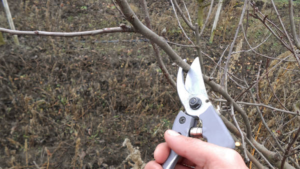
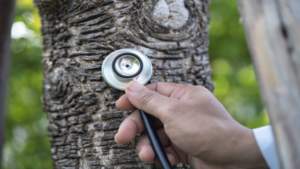
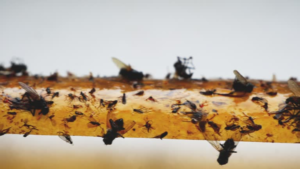
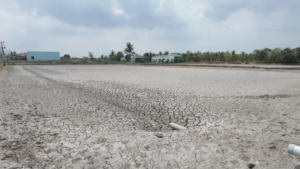

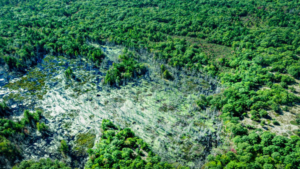
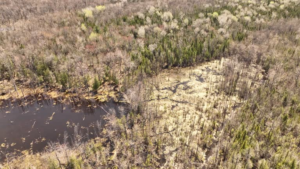
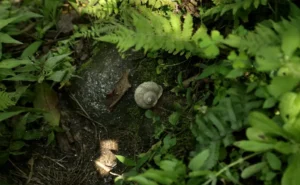
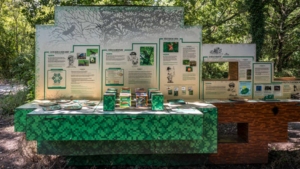



Leave your comment